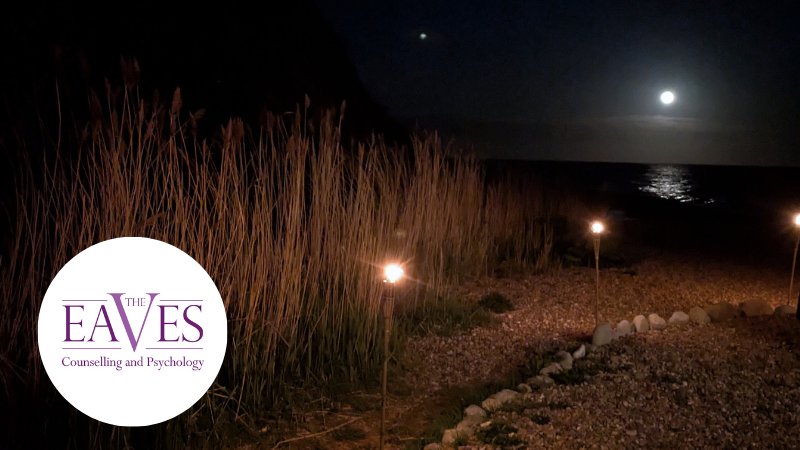How to Cope with Seasonal Affective Disorder (SAD)
Seasonal Affective Disorder (SAD) is a type of depression that occurs in the autumn and winter months. It is thought to be caused by a combination of factors, including the reduced amount of sunlight during these months, changes in temperature, and disruptions to our circadian rhythms.
SAD can have a significant impact on our lives, making it difficult to work, socialise, and enjoy activities that we normally enjoy.
However, there are a number of things that we can do to manage SAD and live a fulfilling life.
1. Get as much sunlight as possible.
Sunlight is one of the best treatments for SAD. It helps to regulate our circadian rhythms and boost our mood. If possible, try to spend some time outside each day, even if it is just for a few minutes. If you live in a climate with short days or frequent cloud cover, you may want to consider using a light therapy lamp.
2. Exercise regularly.
Exercise is another great way to improve mood and reduce stress. Aim for at least 30 minutes of moderate-intensity exercise most days of the week. If possible, try to exercise outdoors so that you can also get some sunlight.
3. Eat a healthy diet.
Eating a healthy diet can help to improve your overall mood and energy levels. Avoid processed foods, sugary drinks, and excessive caffeine and alcohol. Instead, focus on eating plenty of fruits, vegetables, and whole grains.
4. Get enough sleep.
When we don’t get enough sleep, we are more likely to experience mood swings and irritability. Aim for 7-8 hours of sleep each night.
5. Stay connected with others.
Social support is important for everyone, but it is especially important for people with SAD. Make an effort to spend time with friends and family members, even if you don’t feel like it. You may also want to consider joining a support group for people with SAD.
6. Seek professional help if needed.
If your SAD symptoms are severe or interfere with your ability to function, talk to your doctor or a mental health professional. They can help you to develop a treatment plan that may include medication, therapy, or a combination of both.
Here are some additional tips for living with SAD:
Create a routine and stick to it as much as possible, even on weekends. This will help to regulate your circadian rhythms and improve your mood.
Set realistic goals for yourself. Don’t try to do too much, especially when you are feeling down.
Take breaks throughout the day. Get up and move around, or step outside for some fresh air.
Do things that you enjoy. Make time for activities that make you feel good, even if it is just for a few minutes each day.
Remember, SAD is a temporary condition. With the right management strategies, you can live a fulfilling life during the fall and winter months.

